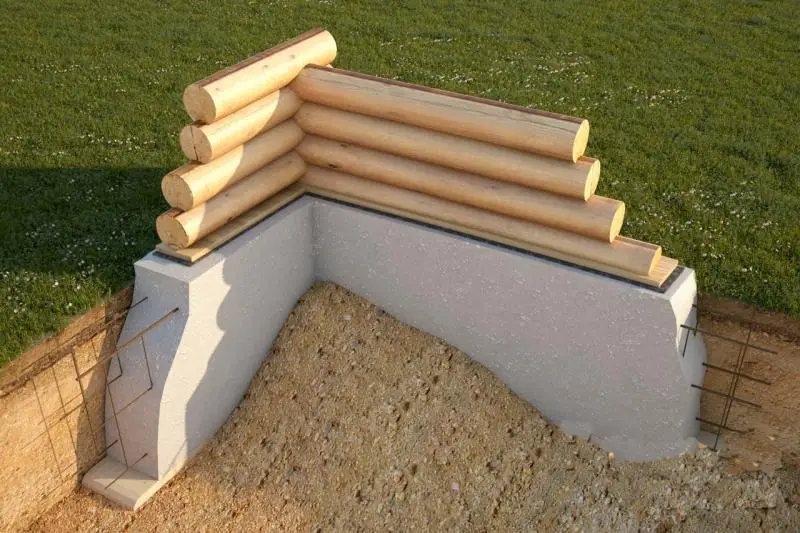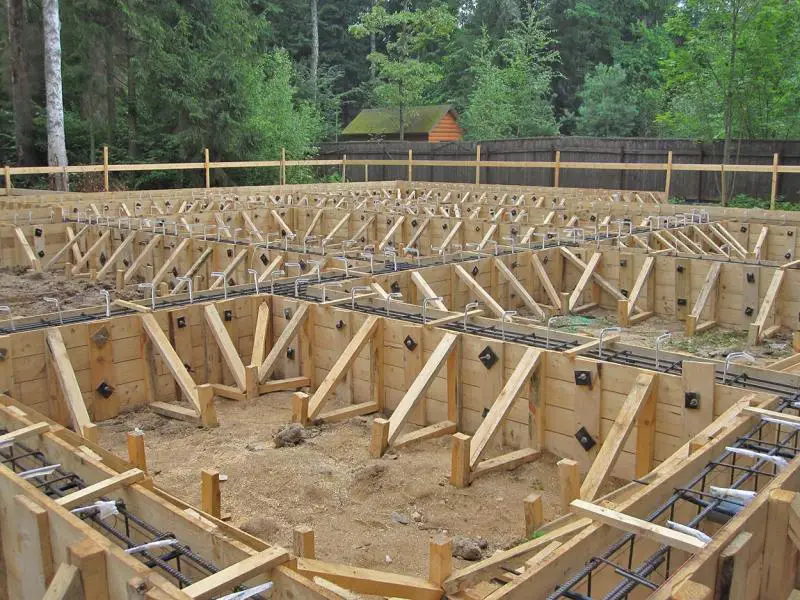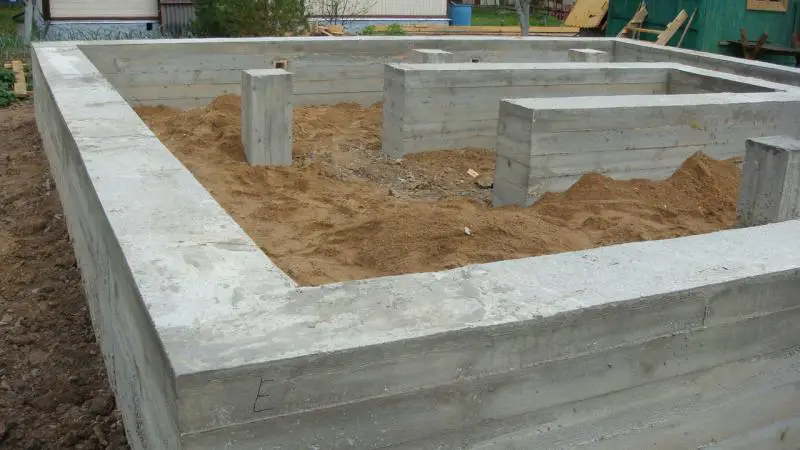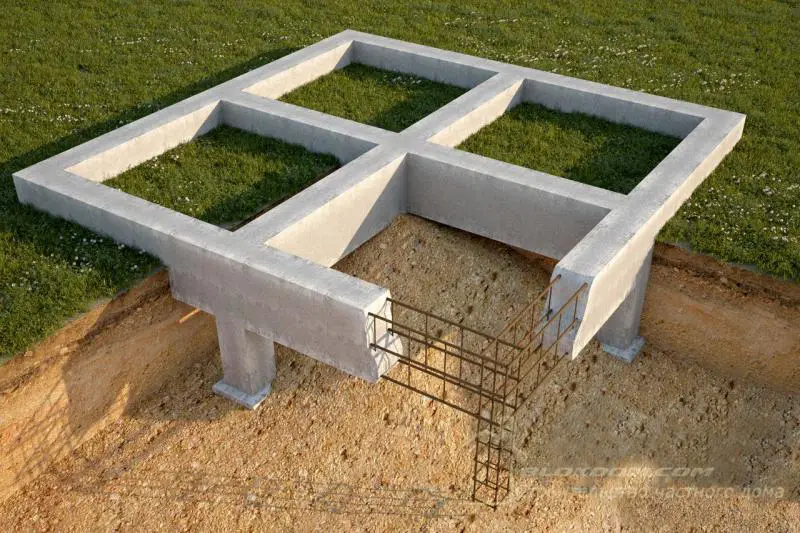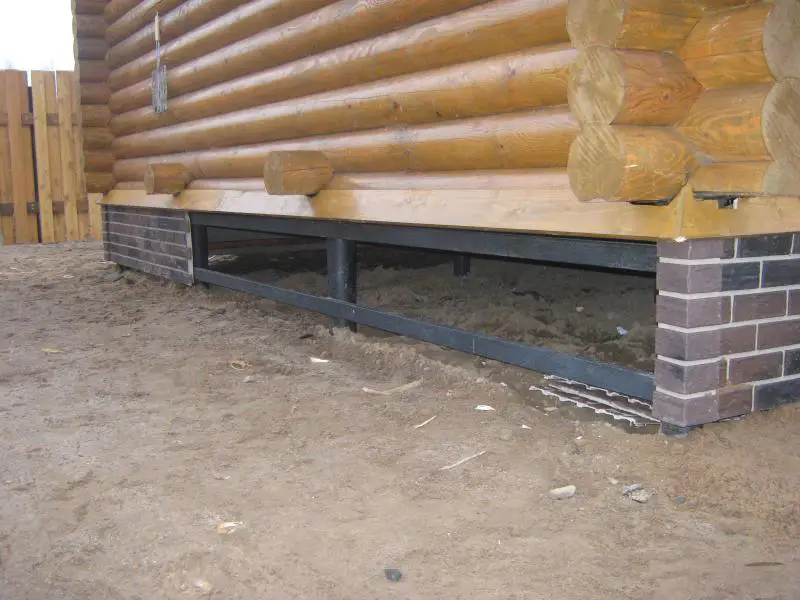There can be your advertisement
300x150
Foundation Winter Conservation
Foundation conservation at any stage of construction involves a series of measures aimed at preserving the structural integrity of the building. The foundation is the most critical component of any structure. Its quality directly affects seismic stability, durability, and indoor microclimate.
To maintain foundation strength throughout the winter, proper conservation is essential.
What happens if the foundation is not conserved over winter
If the foundation is left unprotected during cold periods, the following negative consequences may occur:
- Groundwater may rise in autumn, winter, or spring, potentially eroding the foundation base.
- During periods of negative temperatures, the foundation may develop cracks of varying depths. In such cases, the structure cannot be repaired and must be completely dismantled and rebuilt.
- An uncovered foundation may freeze through, leading to irreversible damage. The structure may not fail immediately but could deteriorate within 1–2 years after full construction, rendering the new home uninhabitable.

Steps for Foundation Conservation
Waterproofing the Foundation
Waterproofing can only begin after at least four weeks have passed since concrete pouring. Protection must be completed before negative temperatures occur. Only strip and slab foundations require waterproofing; pile and column foundations do not need moisture protection during freezing periods.
To perform waterproofing, use strip materials. The most durable option is roofing felt (rubberoid), though a more affordable alternative is polyethylene film reinforced with polypropylene. Apply the material to fully cover and wrap the foundation to prevent winter freezing due to snow and moisture buildup, which can lead to cracks and structural failure. Waterproofing and insulation should extend to the depth of seasonal ground freezing.
Insulation of the Foundation
Use extruded polystyrene foam for insulation. Cover the entire foundation area with lightweight insulating panels. Insulation must be applied only after waterproofing. For enhanced insulation, you may surround the foundation with straw or wood shavings.
Finally, cover the entire foundation with a protective film. To prevent movement, secure the film with crushed clay (keramzit), bricks, concrete blocks, or other heavy construction materials. If the foundation includes openings for utility pipes, seal them tightly with plywood.
Drainage of Groundwater
It’s crucial that groundwater does not saturate the soil in spring, as saturation may cause cracks and structural damage. Additionally, saturated soil freezes, expands, and exerts pressure on the foundation, leading to deformation. To prevent this, install a drainage system with ditches and channels:
- Identify the lowest point on the construction site.
- Dig a deep pit to serve as a reservoir.
- Excavate shallow ditches (0.4 m deep) along the foundation perimeter. Ditches on the reservoir side should be 0.5 m wide.
- Install perpendicular drainage channels that direct water toward the reservoir.
Visually, these drainage channels resemble a grid. Regular inspection throughout the conservation period is essential, as wind or rain may damage them.
If all the above steps are properly completed, the foundation will survive winter intact and undamaged.

